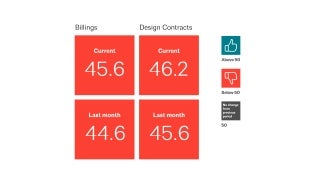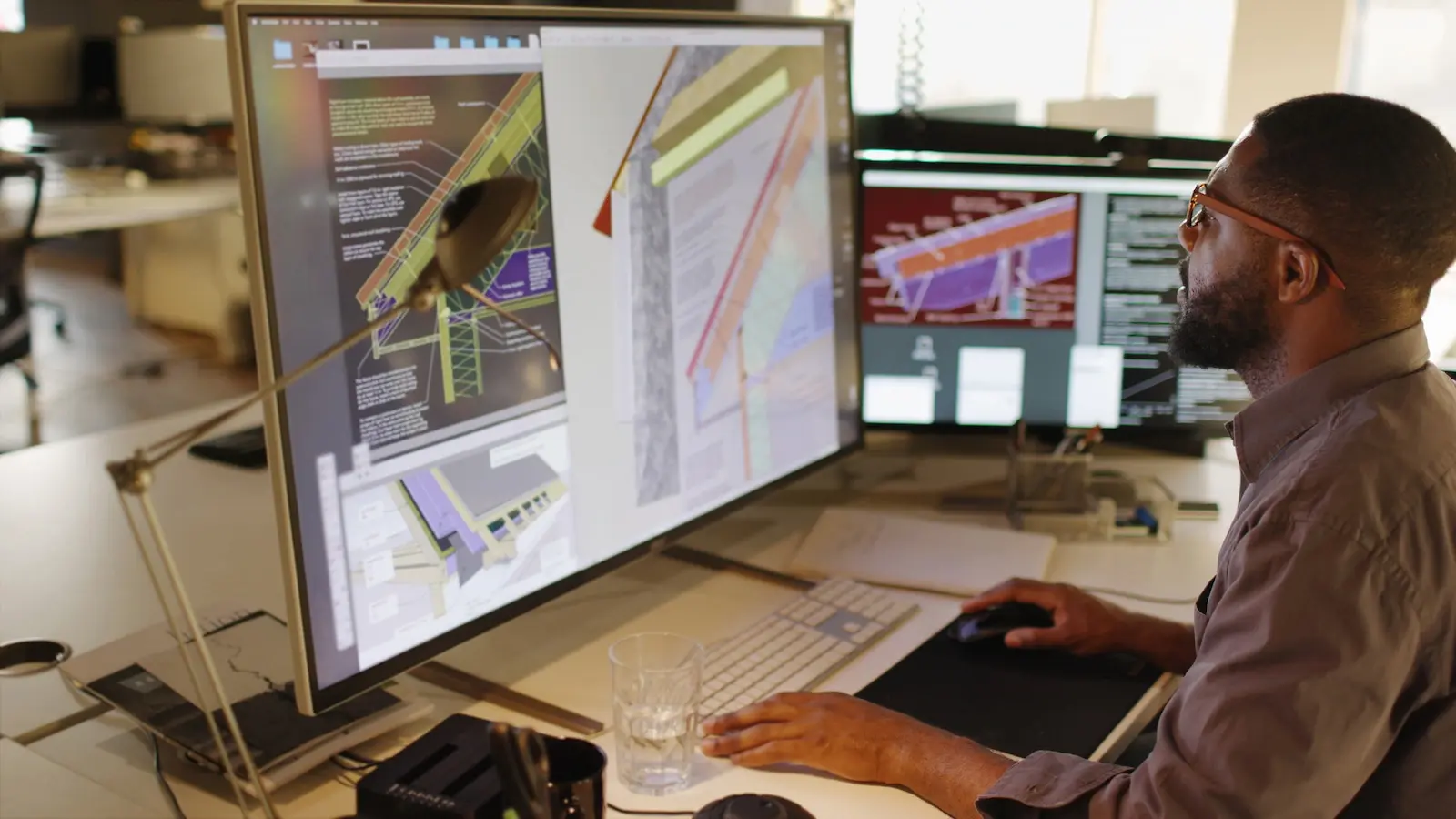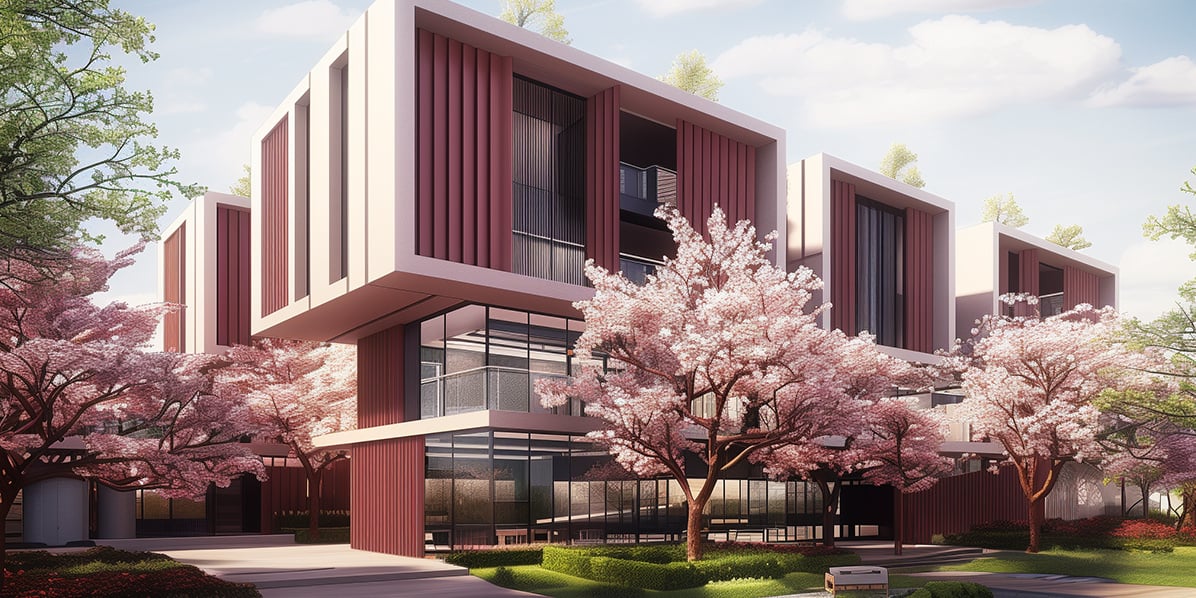Imagine a world where robots design your dream home. Sounds futuristic, right? As artificial intelligence (AI) continues to advance, a pressing question emerges: Will AI replace architects? This blog post delves into the heart of this intriguing debate, exploring whether AI will take the creative reins or remain a trusty sidekick.
We'll navigate the landscape of AI in architecture, highlighting tasks that machines are already automating and the areas where human architects still reign supreme. Prepare to uncover the unique tapestry of creativity and analysis that only architects bring to the table and explore how AI might change the profession, without replacing the people behind the blueprints.
As architects face evolution rather than extinction, this post will equip you with insights into adapting to an AI-enhanced future. Discover how architects can harness AI's power to amplify their creative process while learning new skills to stay ahead in an ever-changing world.
Table of contents
AI in Architecture: Friend or Foe?
Architects have mixed emotions about the rise of AI in their field. On one hand, some see AI as a potential threat, fearing it may imitate the creative process or replace jobs. A survey by RIBA reveals that 36% of UK architects view AI as a threat. However, many see AI as a tool that can streamline tasks and enhance efficiency, allowing them to focus on more complex design challenges.

Credits: XpressRendering.com
Others remain cautiously optimistic, viewing AI as a collaborator rather than a replacement. They argue that AI lacks the ability to understand cultural and emotional nuances, which are essential in design. As highlighted by Phillip Bernstein, AI can enhance efficiency but not replace the architect's decision-making agency. Thus, while AI reshapes the profession, the essence of architecture remains a human endeavor.
Tasks AI is Automating for Architects
AI is automating many repeatable design tasks, allowing architects to explore a wider range of possibilities. It can rapidly generate diverse design options, floor plans, and site layouts, as well as create preliminary design visualizations and realistic visuals. This transformation streamlines early-stage concept development, freeing architects from manual drafting. AI also takes on data management and repetitive administrative processes, allowing them to focus on more intricate aspects of their work.

Credits: YaleNews
Beyond visual and initial concept work, AI excels at complex data analysis and project management. It can analyze environmental impacts, energy consumption, and building code compliance, assisting in translating design data into construction strategies like labor and cost estimation. Tasks such as scheduling, budgeting, and resource allocation are increasingly automated. These automations empower architects to direct their energy toward higher-level problem-solving and creative direction, rather than mundane calculations.
Why Architects Remain Irreplaceable by AI
Architects bring a unique blend of creativity, judgment, and strategic thinking to the table, which AI simply cannot replicate. According to a Celera Networks Inc article, architects excel in nuanced decision-making and aesthetic judgment, areas where AI falls short. For instance, the ability to creatively solve design problems and adapt to unforeseen challenges remains a distinctly human trait.

Credits: Image by dev.to
Moreover, building and maintaining client relationships is a core part of an architect's role. Effective interpretation of client needs and feedback, as discussed in a dev.to article, requires empathy and communication skills that AI lacks. While AI can handle repetitive tasks, it cannot replace the human touch needed for understanding and tailoring solutions to fit client-specific requirements.
Career Pivot for Architects in the AI Era
Architects are not being replaced by AI but rather augmented, allowing them to focus on creativity while AI handles routine tasks like code compliance. The profession is moving towards data-driven design, where AI tools analyze vast amounts of data to inform design decisions and achieve better outcomes. This also extends to digital architecture, where architects plan and design virtual environments and experiences.

Credits: ArchDaily
To adapt, architects should learn data management, AI applications, and collaborative technologies such as Building Information Modeling (BIM) and cloud solutions. Developing a strong foundation in computer science-programming and algorithms-and gaining expertise in machine learning, deep learning, and natural language processing is key. Hands-on experience with AI systems through projects or certifications like the Google Cloud AI Platform will further advance career prospects.
Current Job Market for Architects in the US
The job market for Architects in the U.S. presents a mixed outlook for 2025. While long-term projections show a modest growth rate of 4% to 8% from 2024 to 2034, with approximately 7,800 annual job openings expected, the immediate situation is somewhat softer. The AIA/Deltek Architecture Billings Index (ABI) scored 45.6 in January 2025, indicating a decline in billings for many firms, with new design contracts falling for the eleventh consecutive month [Source 9]. Although 2,200 jobs were added in December 2024, the year 2024 saw a net loss of 1,400 positions for architecture services employment.

Credits: AIA/Deltek Architecture Billings Index
Despite a cautious overall hiring trend, certain sectors are experiencing growth. The healthcare and data center sectors are driving new construction and hiring [Source 2], while traditional office and retail spaces are slowing. There is a 32% increase in requests for candidates with sustainability experience [Source 3], and architects who can leverage new technologies like AI and Building Information Modeling (BIM) [Source 2] are highly sought after.
The profession is also undergoing a generational shift. The total number of licensed architects declined by 4% in 2024, largely due to retiring baby boomers [Source 8]. However, the number of candidates pursuing licensure increased by 5%, suggesting a future influx of new talent. Work arrangements are evolving, with about 42% of architecture firms adopting hybrid schedules [Source 3] post-pandemic, reflecting a preference for stability among both firms and job seekers.
Is Architect AI safe?
The role of architects is unlikely to be completely replaced by AI, even though technologies like Sora 2 and ArchiLabs are transforming architectural practices by automating certain tasks. According to studies, architects have only a 1.8% chance of being replaced by AI. This is because the profession demands a unique mix of creativity, analytical skills, and human interaction that AI cannot fully emulate.
While AI can handle tasks such as drafting and generating design options, architects must adapt by focusing on irreplaceable skills like empathy, ethical judgment, and collaboration. The profession will evolve, and architects who leverage AI as a tool rather than view it as a threat will find opportunities for growth. Embracing AI can enhance creativity and efficiency, but the human element remains essential to the architecture field.
AI tools like OpenAI's Sora 2 enhance workflows and visualization, serving as valuable allies in the design process. As highlighted in John Bleasby's analysis, AI amplifies human creativity and offers new possibilities, ensuring that architects remain indispensable in shaping the built environment. The future of architecture lies in the hands of those who can integrate AI as a partner in their creative endeavors.
Hiring an Architect? Here's what to look for!
The Architect role is evolving fast, especially with the rise of AI. You're not just seeking someone who designs buildings or systems; you need candidates who can think "systemic," orchestrating entire AI ecosystems rather than just individual components [Source 2]. Look for skills in AI-driven generative design and the ability to work with advanced AI agent patterns [Source 5, Source 4]. They also need problem-solving, communication, and adaptability skills to navigate new tech [Source 3, Source 7].

Credits: Shawn Radcliffe / Autodesk
To find these tech-savvy Architects, forget guessing games. Adaface tests measure real on-the-job skills, saving you time and headaches [Source 14]. For AI skills, the Prompt Engineering Test assesses how well they can direct AI, while the Generative AI Test gauges their ability to create with AI. These assessments help you pinpoint top talent fast.
For those deeper technical insights, consider the Adaface Solution Architect Test. It evaluates system design principles, cloud architecture, and API design, giving you clear insights into a candidate's practical abilities [Source 11]. Adaface makes screening straightforward, allowing you to focus on candidates who genuinely fit the future of architecture.
Prompt Engineering Test
Generative AI Test
Solution Architect Test
Why Architects Should Embrace AI
Looking ahead, AI in architecture offers exciting new pathways for both current professionals and those looking to hire. AI is more than a tool for automating mundane tasks; it's a collaborator that enhances the creative process. As highlighted in YaleNews, AI allows architects to spend more time on creative solutions and complex decision-making, which are the heart of architectural innovation.

Credits: Chaos Blog
For those hesitant about integrating AI, it's important to note that AI opens up new roles focusing on AI systems management and innovative design processes. According to the Chaos Blog, AI will continue to create opportunities that enrich architectural practices, enabling smarter and more efficient projects. Embrace these changes, and you'll find that AI can be an ally in designing the future. The future is bright for architects who see AI as a partner in crafting ever more imaginative and sustainable spaces.

40 min skill tests.
No trick questions.
Accurate shortlisting.
We make it easy for you to find the best candidates in your pipeline with a 40 min skills test.
Try for freeRelated posts



